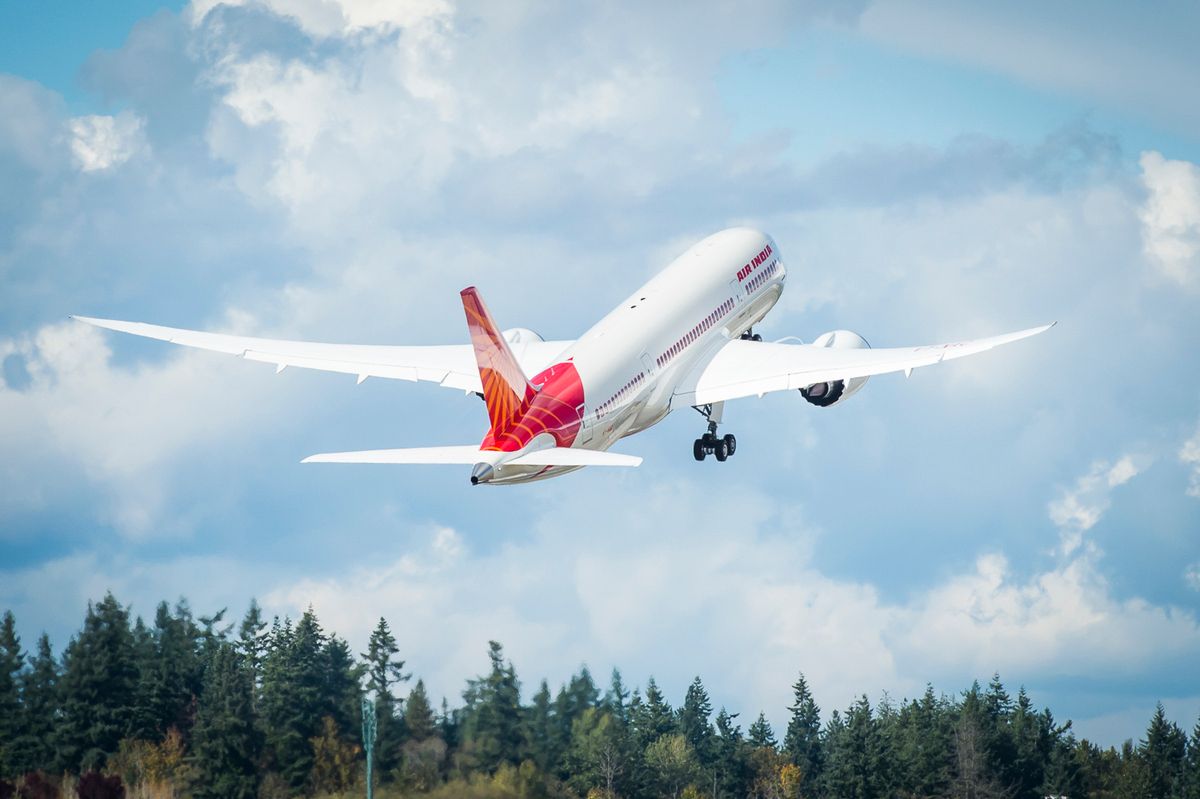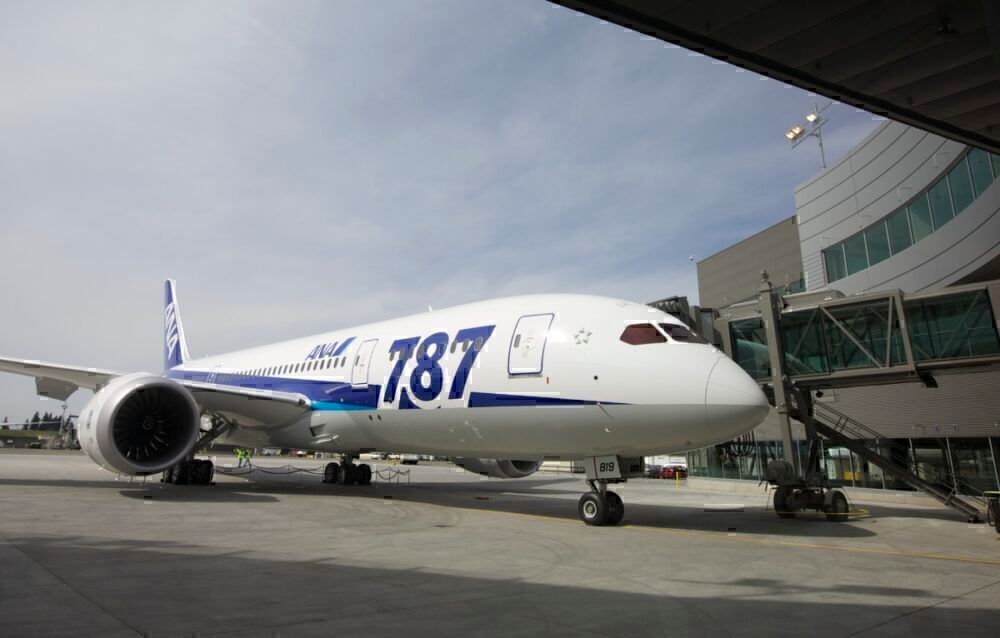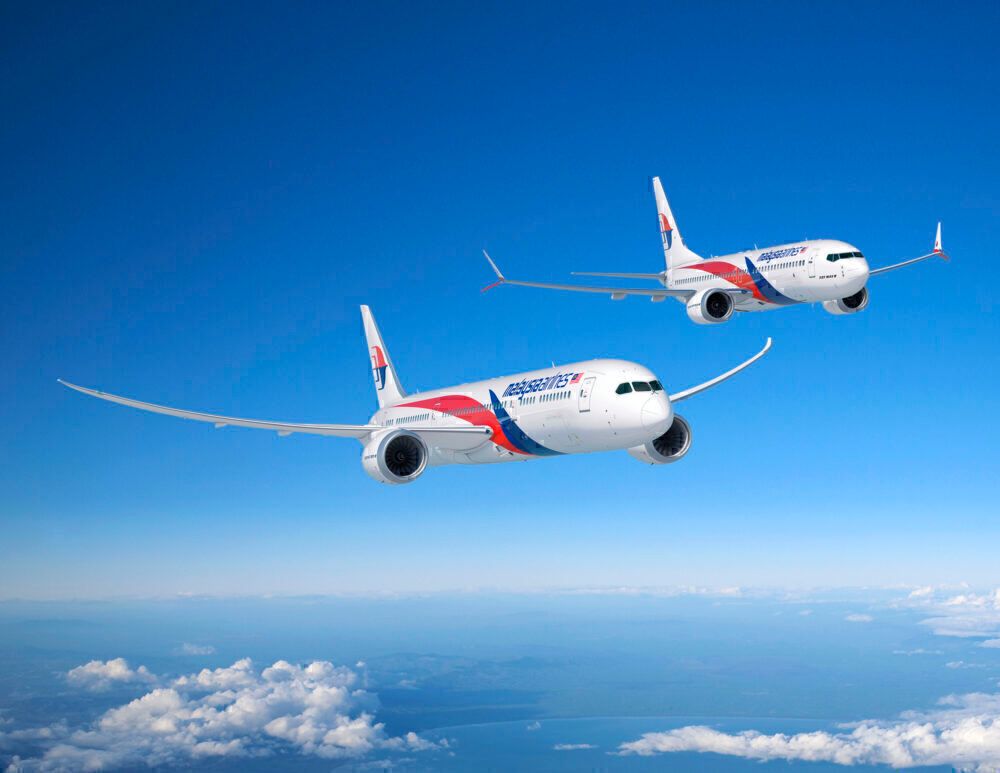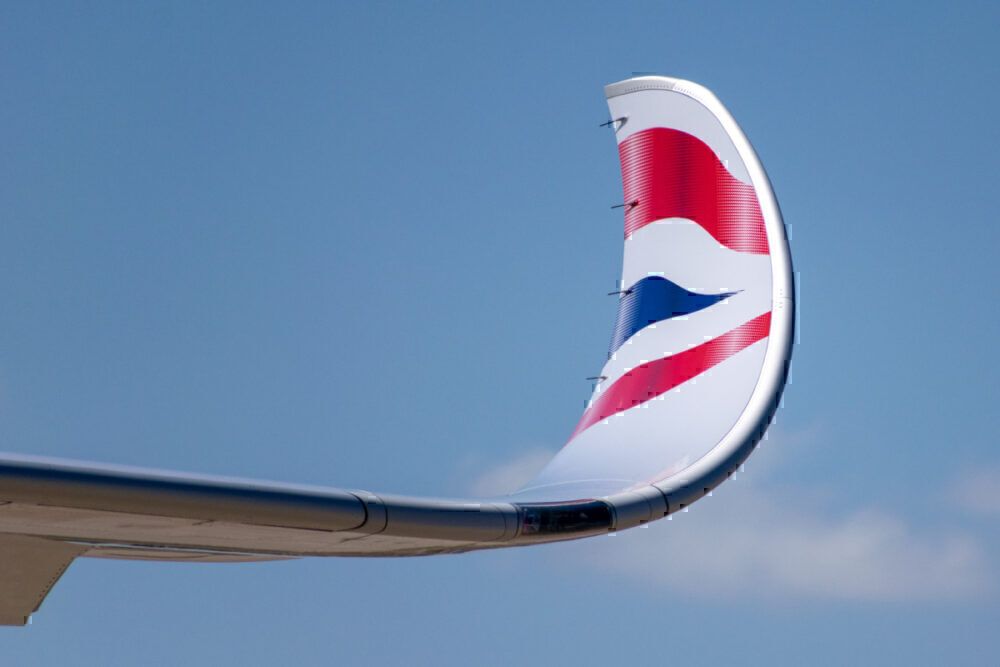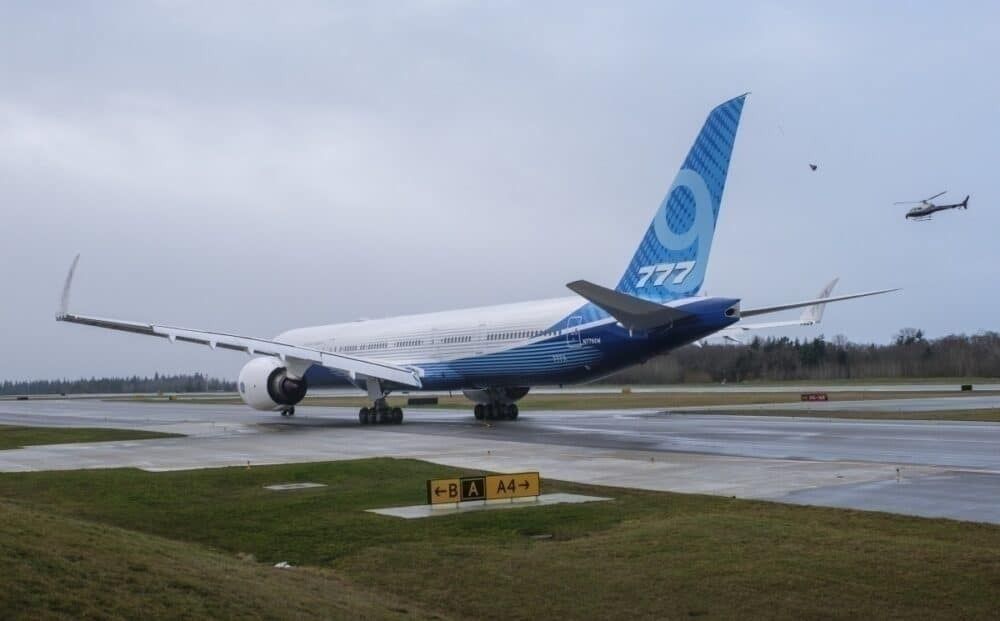If you look at the Boeing 787s wings on takeoff or during flight, you will often see them flex upwards. This is much more noticeable than on other aircraft, but it's nothing to worry about. It is part of the design and is one way the aircraft operates more efficiently. This article explores more.
Carbon fibre construction
One of the main differences introduced by the 787 was its carbon fiber composite construction. A major motivation when Boeing designed the 787 was improved efficiency. It was a clean-sheet design to follow the 767 and 777, and instead of focussing on size or speed, Boeing focussed on fuel efficiency, operating cost, and associated environmental impact. Simple Flying went into this choice for the 787 in more detail in a previous article.
This also applies to the wings, which are made of carbon fiber-reinforced polymer (CFRP). This has a higher strength to weight ratio than traditional aircraft metals, making the structure lighter. It is also much more flexible.
Stay informed: Sign up for our daily aviation news digest.
Larger wings bend more
The 787s wings are also large. Not necessarily in pure wingspan (60.1 meters for the 787 compared to 64.8 meters for the 777-300ER, for example), but in wing aspect ratio, They have an aspect ratio (the square of the wingspan divided by the wing area) of 11. For example, this compares to just below 10 for the 777 and 7.7 for the 777-400.
When combined with the flexible construction, this causes a large degree of bending (during flight, the wingtips can be up to 12 feet higher). All aircraft wings take forces that would cause bending; this is the physics of flight as the wings support the fuselage's weight. But with the 787, the wing structure bends more under this force.
Aids aircraft performance
If wing flexing was in any way a problem, it would be avoided and strengthened. In fact, it is beneficial. Allowing the wings to flex improves aerodynamic stability. The aircraft is more streamlined and experiences less drag.
It helps provide a smoother ride for passengers and minimize turbulence. The 787 fly-by-wire technology also helps here to automatically raise or lower the wing trailing edge during the cruise.
To see the bending in action, look at this great video of a Qatar Airways 787 landing. Just before landing, you can see the extreme flex on the wings, which lower down soon after landing.
Similar wings on other new aircraft
This larger and lighter wing construction improves efficiency without using winglets that have become common on many other aircraft. The use of ‘raked wingtips’ is an alternative to winglets, or sharklets, introduced on earlier aircraft.
The A350 also has this raked wingtip design and uses composite materials, but its wings do not have the same degree of flexibility.
Take a look at this video to see the difference between the 787 and A350 wing flex:
And for the next change in wing design, take a look at the Boeing 777X. This is lacking the more swept-back wing design of the 787 and A350, but it is much larger. Larger wings bring challenges with operating airports. This has been a major limitation for the A380. To get around this, the 777X wingtips can be folded when on the ground.
The 787 is a great aircraft and introduced several new design features. Feel free to discuss more about its lightweight design and wing structure in the comments.

